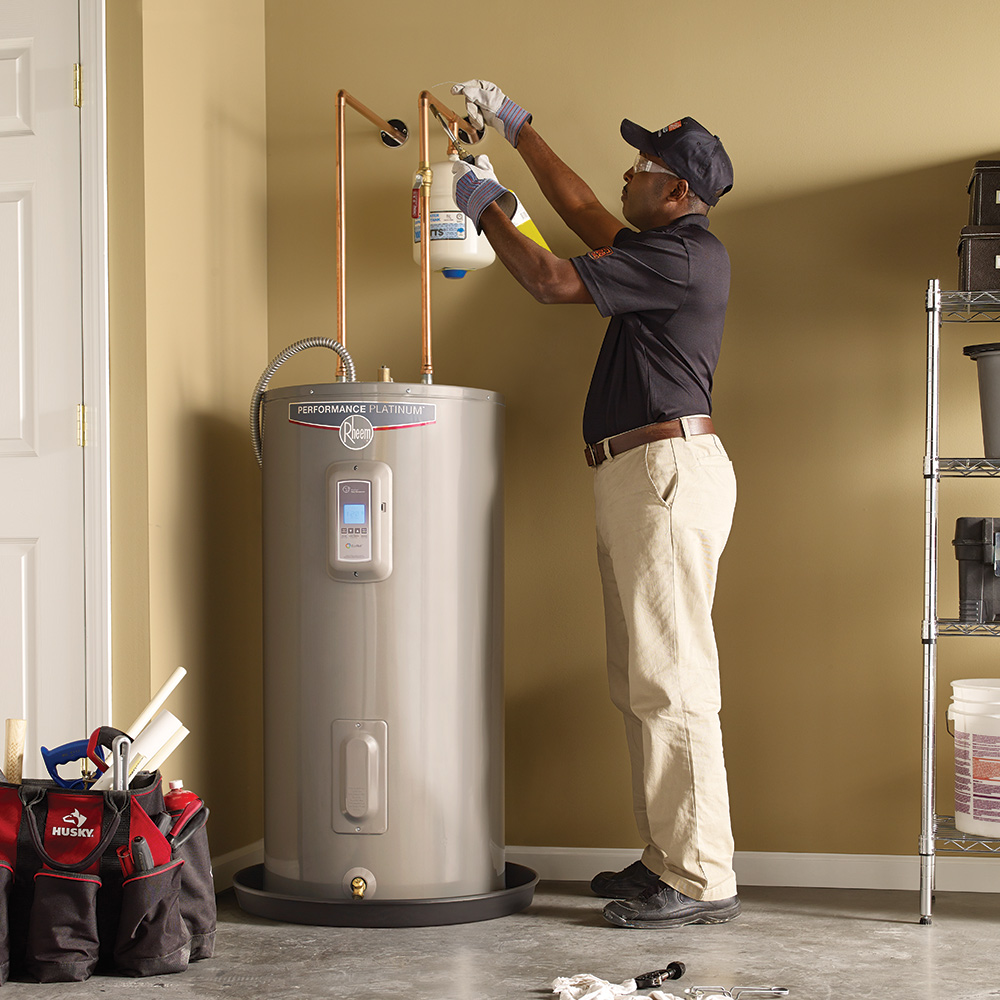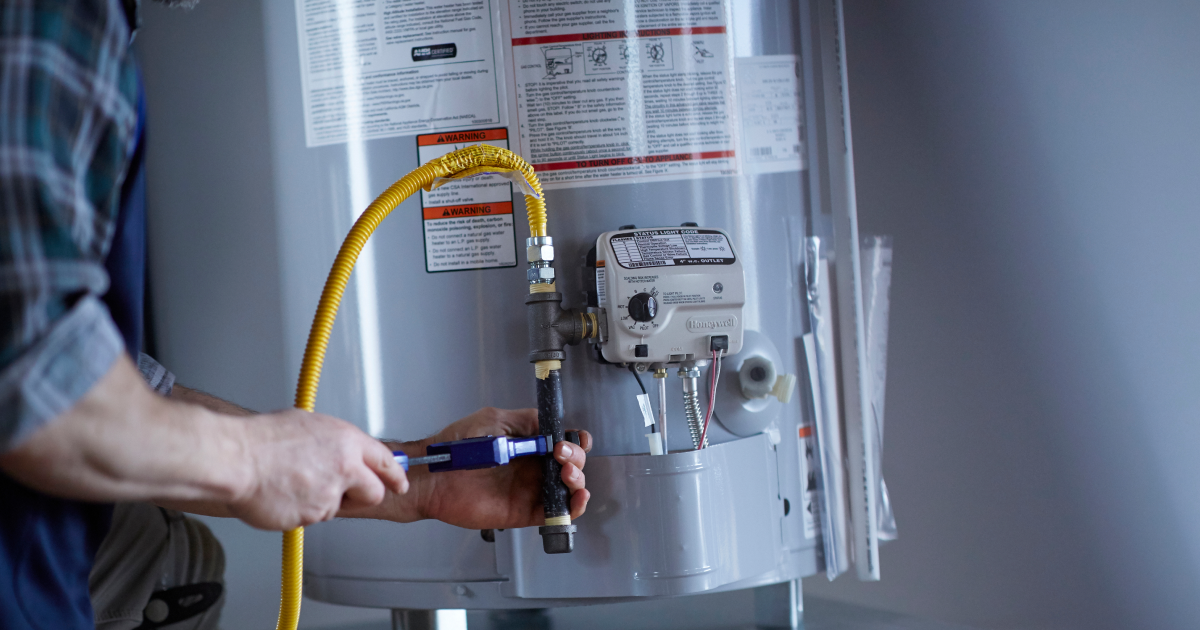Expert Tips for Maintaining Your Home's Hot Water SystemEssential Maintenance Tips for Your Home's Hot Water System
Expert Tips for Maintaining Your Home's Hot Water SystemEssential Maintenance Tips for Your Home's Hot Water System
Blog Article
Just how do you feel on the subject of How to Maintain Your Water Heater & Prolong its Life?

Warm water is important for daily comfort, whether it's for a refreshing shower or washing dishes. To guarantee your hot water system runs effectively and lasts longer, routine maintenance is essential. This post gives functional ideas and understandings on how to keep your home's hot water system to prevent disruptions and costly repairs.
Introduction
Maintaining your home's warm water system may seem overwhelming, however with a few straightforward actions, you can ensure it runs smoothly for years ahead. This guide covers everything from recognizing your warm water system to DIY maintenance tips and understanding when to call expert help.
Importance of Preserving Your Warm Water System
Normal upkeep not only expands the life expectancy of your hot water system but also guarantees it operates efficiently. Overlooking upkeep can bring about lowered effectiveness, higher energy bills, and even early failing of the system.
Indications Your Warm Water System Demands Upkeep
Recognizing when your warm water system requires interest can stop significant problems. Watch out for indications such as inconsistent water temperature, unusual noises from the heating unit, or rusty water.
Understanding Your Hot Water System
Before diving right into upkeep tasks, it's useful to understand the standard elements of your hot water system. Typically, this consists of the water heater itself, pipelines, anode poles, and temperature controls.
Monthly Maintenance Tasks
Regular month-to-month checks can assist catch small problems before they rise.
Purging the Water Heater
Purging your hot water heater removes debris accumulation, improving performance and extending its life.
Checking and Changing Anode Rods
Anode rods prevent deterioration inside the storage tank. Inspecting and changing them when broken is vital.
Checking and Adjusting Temperature Setups
Changing the temperature settings makes certain optimal efficiency and security.
DIY Tips for Upkeep
You can perform numerous maintenance jobs yourself to maintain your warm water system in top problem.
Checking for Leakages
Routinely check pipes and links for leaks, as these can cause water damages and greater bills.
Checking Stress Relief Valves
Checking the pressure safety valve guarantees it functions properly and protects against excessive stress build-up.
Insulating Pipes
Shielding hot water pipelines decreases warm loss and can conserve power.
When to Call a Professional
While DIY maintenance is valuable, some concerns require professional competence.
Facility Problems Requiring Expert Help
Instances consist of major leakages, electric issues, or if your hot water heater is constantly underperforming.
Routine Expert Maintenance Perks
Professional maintenance can consist of thorough evaluations, tune-ups, and making sure conformity with safety requirements.
Final thought
Normal upkeep of your home's hot water system is vital for effectiveness, durability, and price financial savings. By complying with these pointers and recognizing when to look for specialist help, you can make certain a reliable supply of warm water without unexpected disruptions.
How to Maintain an Instant Hot Water Heater
Before tinkering with your hot water heater, make sure that it’s not powered on. You also have to turn off the main circuit breaker and shut off the main gas line to prevent accidents. Also turn off the water valves connected to your unit to prevent water from flowing into and out of the appliance. 2. When you’re done, you have to detach the purge valves’ caps. These look like the letter “T” and are situated on either side of the water valves. Doing so will release any pressure that has accumulated inside the valves while at the same time avoid hot water from shooting out and burning your skin. 3. When the purge valves’ caps are removed, you have to connect your hosing lines to the valves. Your unit should have come with three hoses but if it didn’t, you can purchase these things from any hardware or home repair shops. You can also get them from retail stores that sell water heating systems. Read the user’s manual and follow it to complete this task properly. When the hosing lines are connected, open the purge port’s valves. 4. You should never use harsh chemical cleaners or solutions when cleaning your unit. Make use of white vinegar instead. It should be undiluted and you’ll probably use about 2 gallons. 5. Now flush your water heater. This task should probably take about 40 minutes. We can’t give you specific directions for this because the procedure is carried out depending on the type, model and brand of your heater. With that being said, refer to the user’s manual. 6. When you’re done draining the unit, you have to turn off the purge port valves again. Remove the hosing lines that you earlier installed on each of the water valves. Put the valve caps (purge port) back in their respective places and be very careful so as not to damage the rubber discs that are found inside these caps. 7. Now that everything’s back in place, check your user’s manual again to find out how to reactivate your water heating system. 8. Once it is working, turn one of your hot water faucets on just to let air pass through the heater’s water supply pipes. Leave the tap on until water flows smoothly out of it. https://www.orrplumbing.com/blog/2014/september/how-to-maintain-an-instant-hot-water-heater/

I hope you enjoyed our excerpt on How to Maintain a Hot Water Heater in a Few Simple Steps. Thank you so much for taking a few minutes to read through our blog post. Enjoyed our post? Please share it. Let another person check it out. Thanks so much for your time spent reading it.
Click Here Report this page